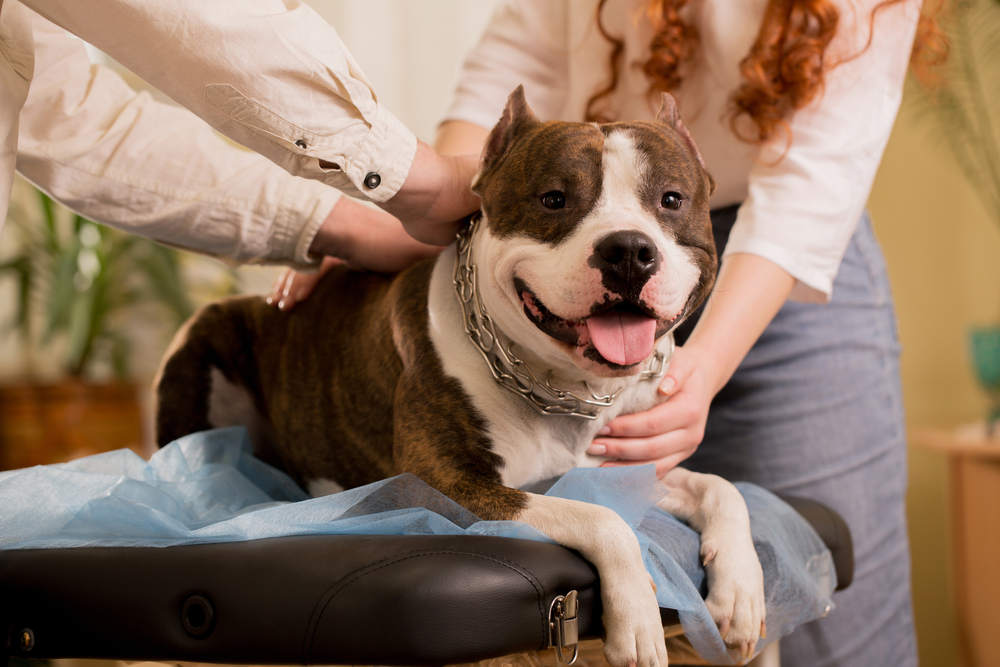
If you have a cat or dog, you likely treat them like your children. You care for your furry friend deeply and even spoil them rotten with good toys and treats. Since your pet is that important to you, then it goes without saying that their health should be just as important, too.
This means that you don't just pamper your dog, feed them with a nutritious diet, or take them out for regular walks. You also have to be proactive and bring your pet in for routine exams.
An Ounce of Prevention Is Worth a Pound of Cure
The idea behind regular pet check-ups is simple. Your dog or cat needs to visit a veterinarian at least once a year, even if they seem healthy. Routine exams allow your vet to catch diseases at the earliest stages when they're still treatable. This way, you can prevent problems in the future, which can be more costly, worse, fatal for your four-legged best friend.
How Often Should Your Pet Visit the Vet
Puppies generally need veterinary visits every three or four weeks until they're approximately four months old. Adult dogs or cats should undergo a complete veterinary exam at least once a year. Your vet would have to check a geriatric dog or cat twice a year or as often as necessary. A geriatric pet has reached the last quarter of its life expectancy. Like humans, your pet's lifespan varies significantly depending on certain factors. For dogs, it normally depends on their breed and size, among others. Experts generally consider geriatric pets to require special care and attention. This is because they tend to be at an increased risk of certain diseases. Your vet must identify any problems early on.
What to Expect During a Routine Pet Exam
The first thing that your vet will do upon bringing your pet for a routine exam is to ask you several questions about your cat or dog. They'll go over any weight gain or loss, changes in eating or drinking habits, coughing, panting, bouts of diarrhea, scratching, and more.
They will also take your pet's vital signs. These include body temperature, respiration rate, pulse rate, and weight. Any significant changes in their vital signs often indicate issues that may require treatment. By comparing the current data from the previous measurements they have recorded, your vet will decide what type of diagnostic tests may be necessary now or in the future.
After reviewing your pet's health history and taking their vital signs, your vet will perform a physical examination. It usually starts with the head-to-toe inspection. They'll examine your pet's eyes, ears, and mouth and check their abdomen to determine if there are any painful or swollen areas. Your vet will also examine your pet's legs, joints, feet, and even reproductive organs.
We couldn't stress more how crucial preventive care and early intervention are. Do you want to ensure that your pet stays healthy and lives a long, happy life? Visit Liberty Veterinary Medical Center today in Hinesville, Georgia. Call our office now at 912-876-3357 to schedule your furball's routine exam.






